Bulletproof Project Resources and Solutions for Architects

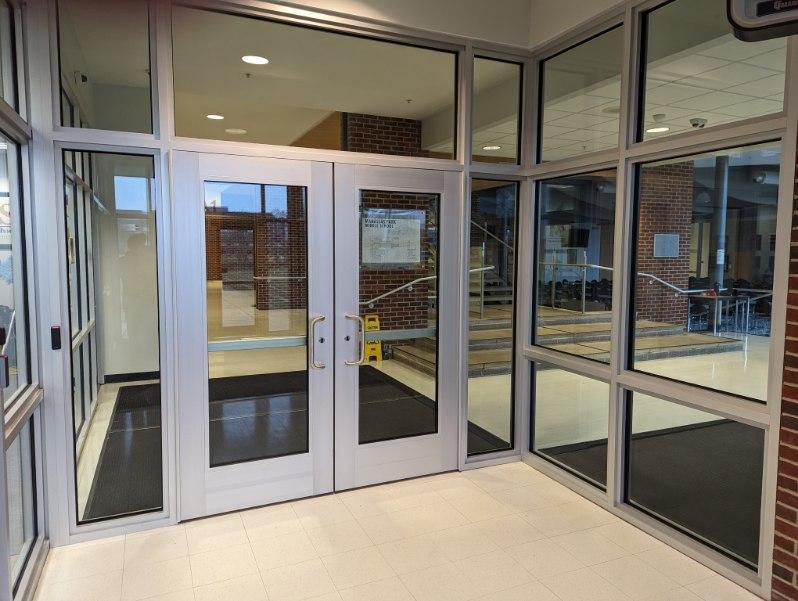
Design with Ballistic Materials to Achieve Safety + Aesthetics™
Bulletproof doesn’t have to mean unsightly. We know that the most effective security includes psychological safety. That’s why we go above and beyond to work with architects and create ballistic barrier products that not only stop bullets but look beautiful, too. Many of our clients say their new ballistic barriers feel so natural in the space, it’s like they’re not even there at all. We’re proud to collaborate with architects to achieve critical safety and unparalleled aesthetics.
Collaborating with Architects to Protect Elected Officials in Lake Charter Township
When Lake Charter Township and their architectural team needed to add bulletproof barriers to their municipal offices, working with TSS was an easy choice. The end result was a secure system that fits right in with the existing architectural aesthetic.

Bulletproof Product Specs for Architects
Working on a project involving ballistic barriers? Our product specification page has our most common product sheets available for download as three-part specifications, CAD files, drawings, and product data sheets.
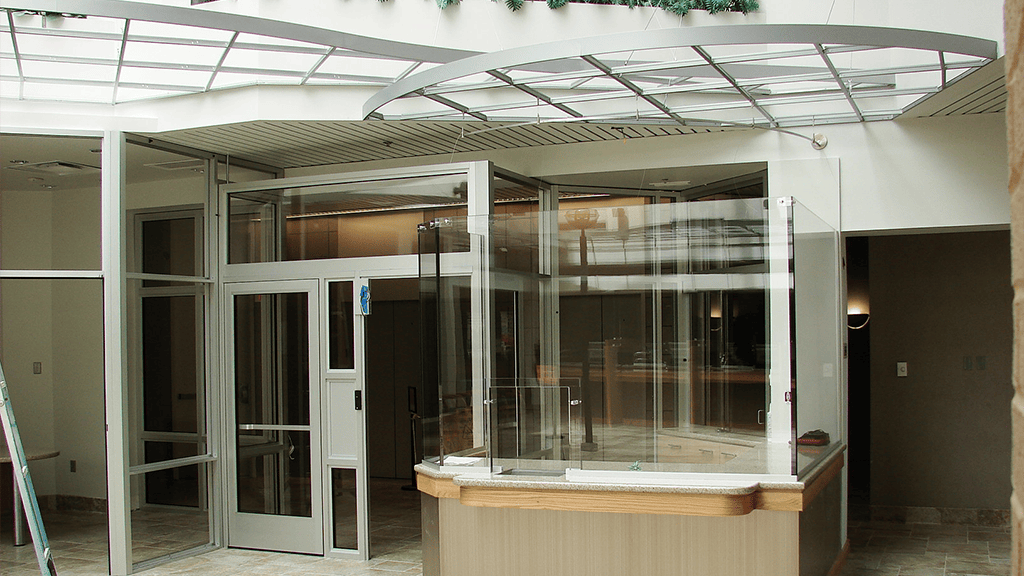

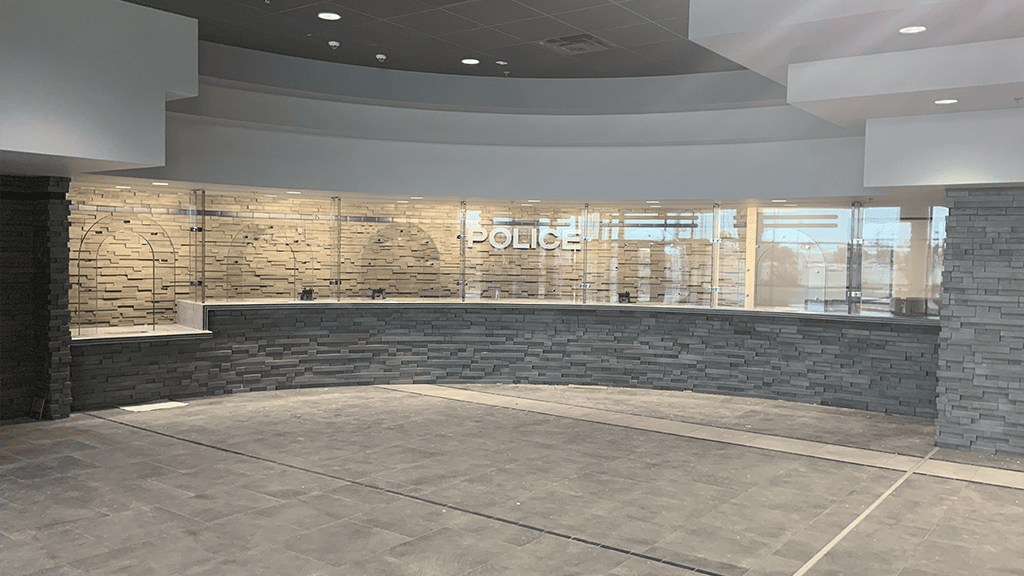
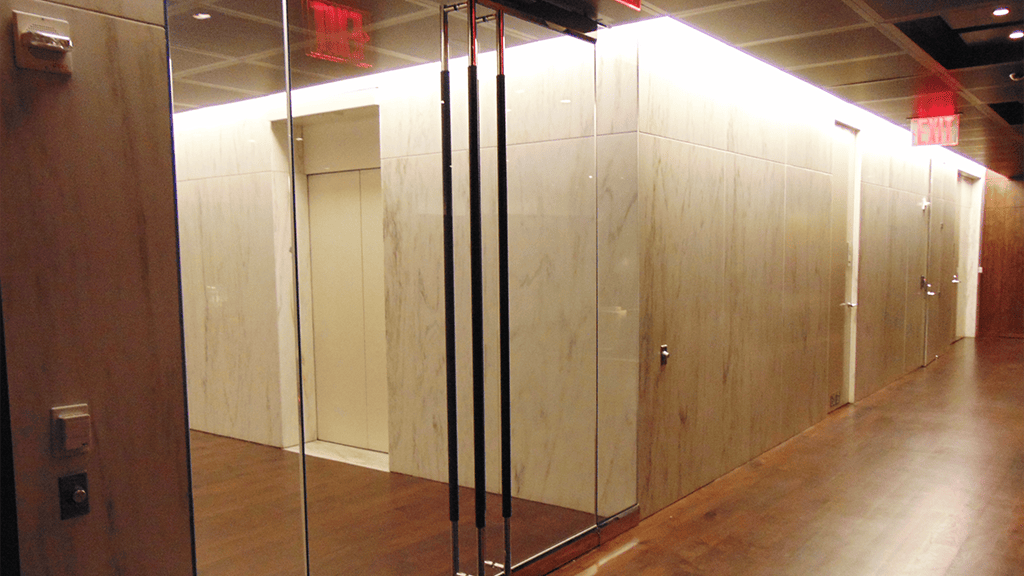
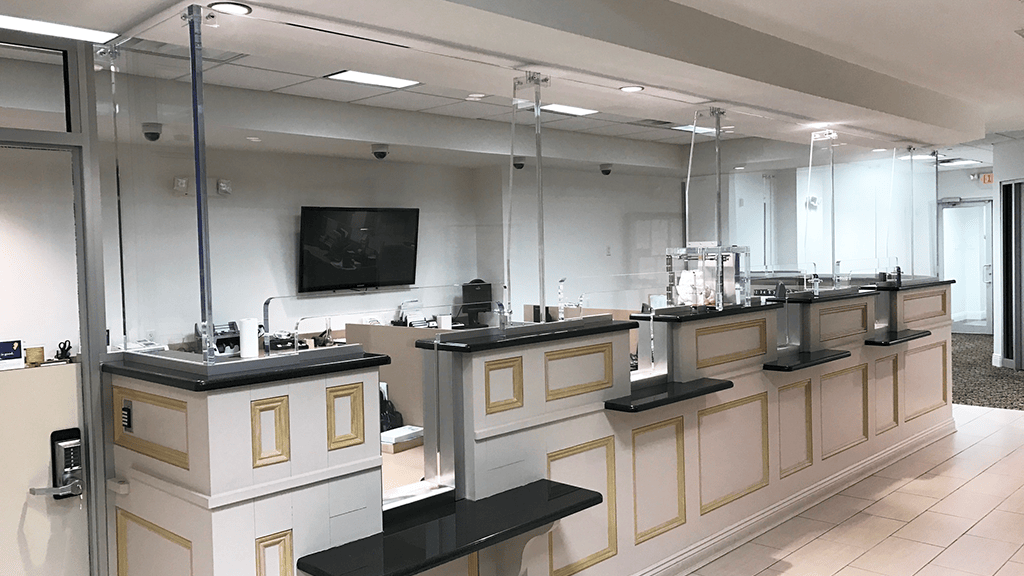
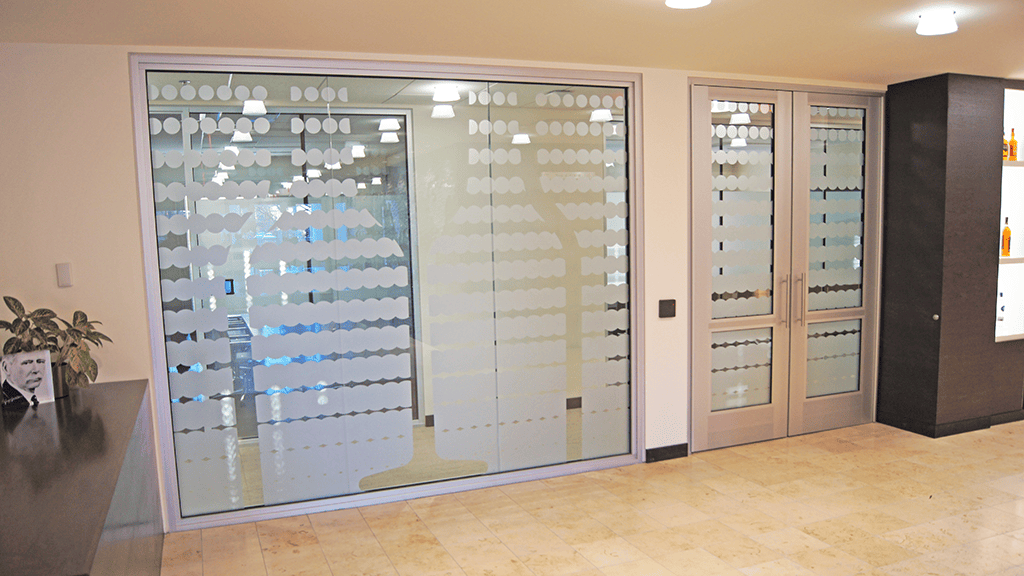
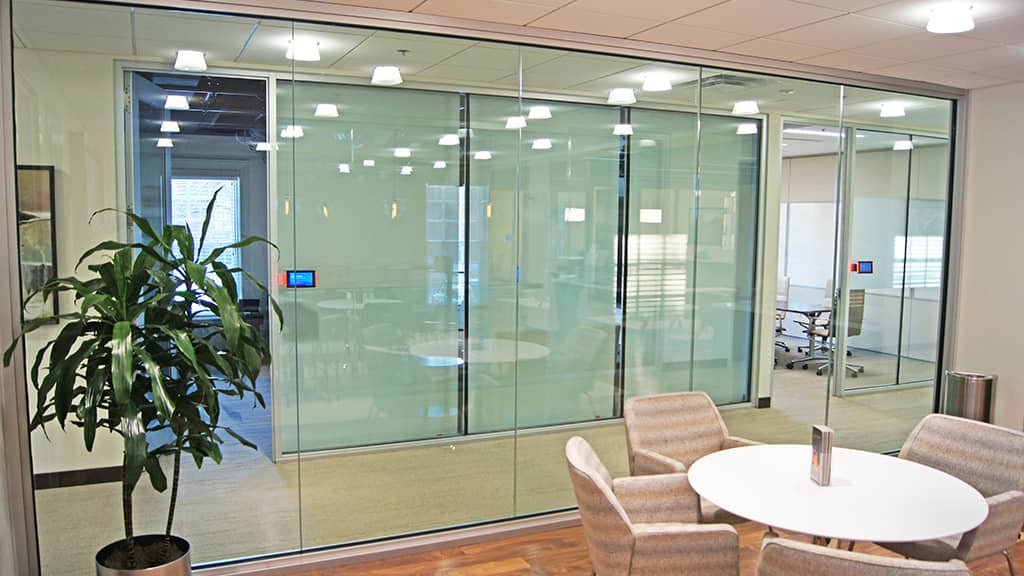
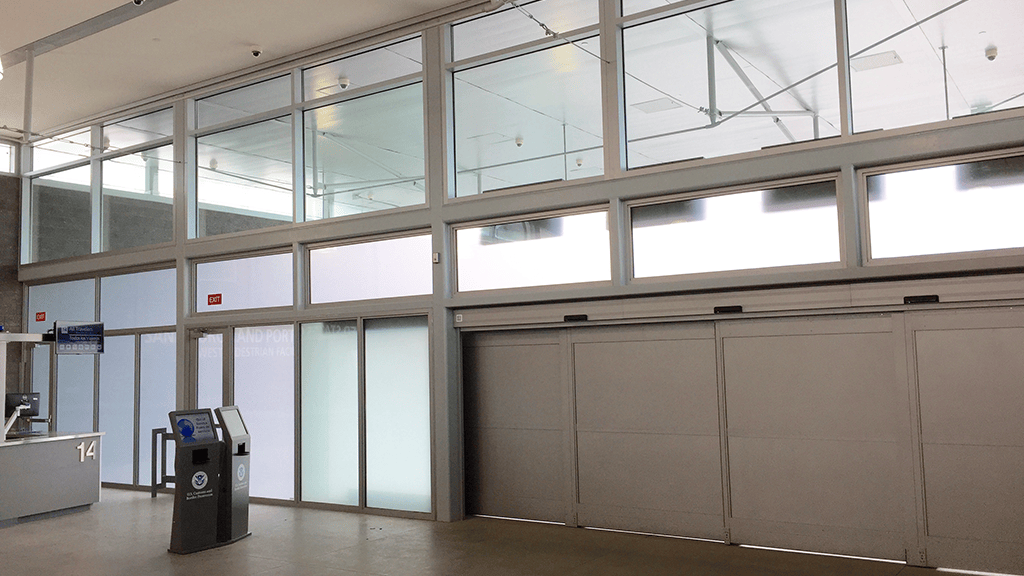
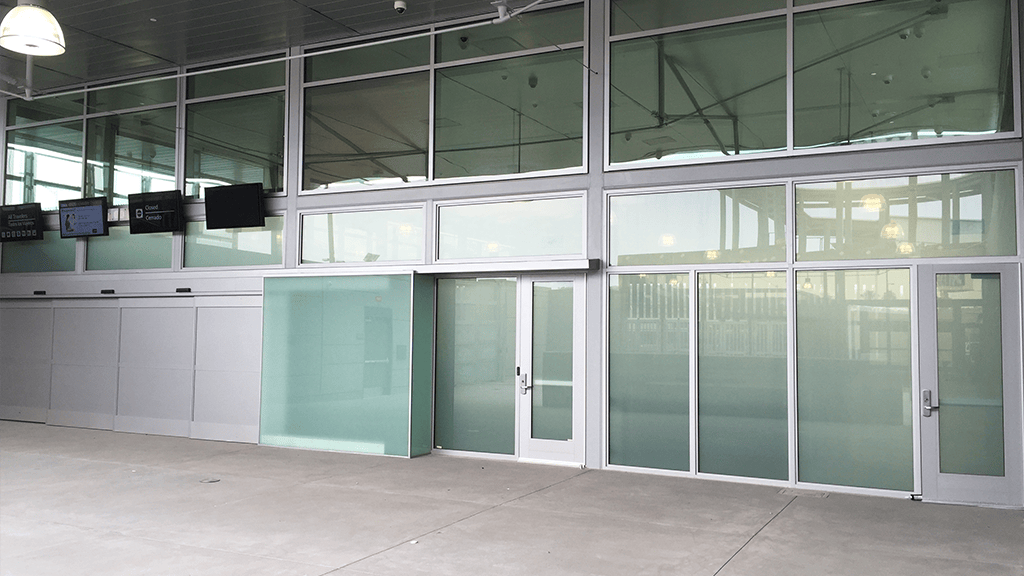
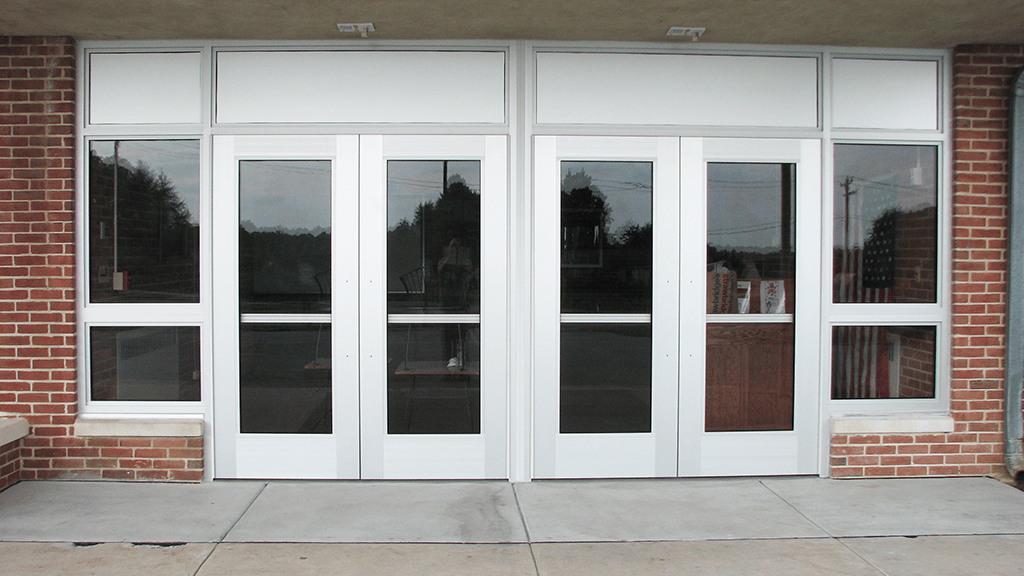
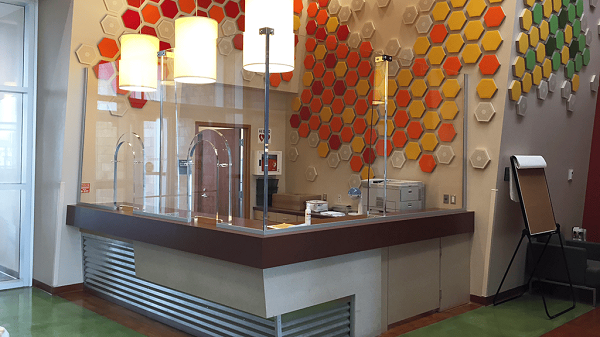
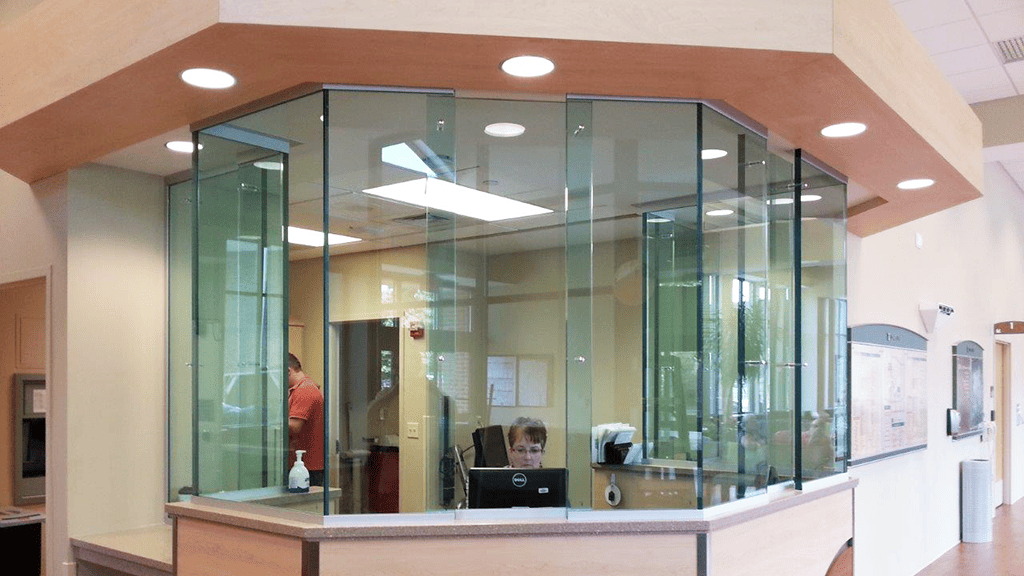
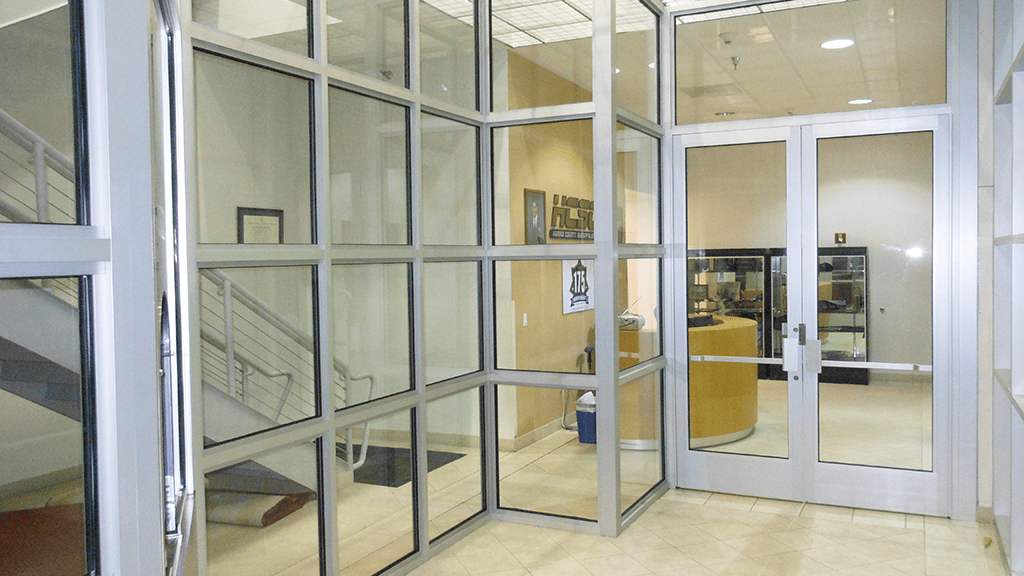
Examples of Our Work with Architects
The TSS team routinely collaborates with architects to create beautiful, functional ballistic barriers. These are some of our favorite projects.
Read the Case StudyArchitects’ Frequently Asked Questions
The TSS team has worked with architects across the country, helping them save time, money, and headaches on countless projects. These are some of their most frequently asked questions.
Can you meet my fast-track production schedule?
Can you help me meet my client’s service and performance goals?
What do I need to know about working with bulletproof materials?
Can you help me educate clients?

CE Resources for Architects
As ballistic features become more commonplace, we’re committed to supporting architects in staying ahead of industry trends. We partner with AEC Daily to offer free CE courses on ballistic materials.

Bulletproof Product Resources
Whether you’re working on your first bulletproof project or your fortieth, the right product specification resources make all the difference. Our ARCAT profile also includes product resources, so you have what you need to create effective ballistic solutions.

Dig Deeper with the Ultimate Guide to Ballistic Security
We’re passionate about publishing practical, comprehensive resources on bulletproofing and ballistic barriers. Our Ultimate Guide to Ballistic Security is our most comprehensive resource to date. It covers essential details about bulletproof glass, fiberglass, doors, framing, and the accessories and hardware you need to design a successful bulletproof barrier. If you’re ready to take a deep dive into the world of bulletproof barriers, our Ultimate Guide is the place to start.
Certifications and Memberships
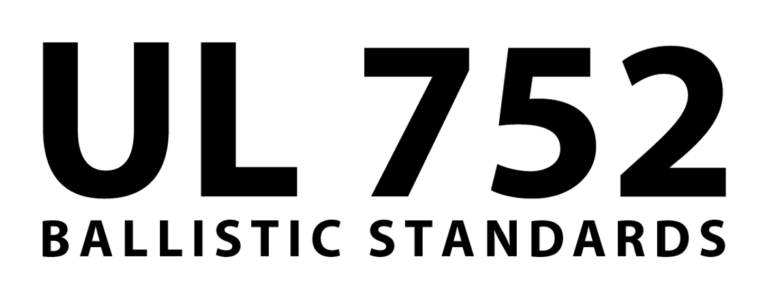




Partner with TSS on Your Next Project
TSS is proud to collaborate with architects to create customized bulletproof solutions. If you have questions or would like to learn more about our capabilities, products, or how we can work together, please contact us today to request a consultation.